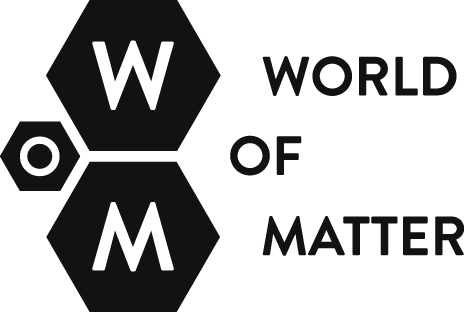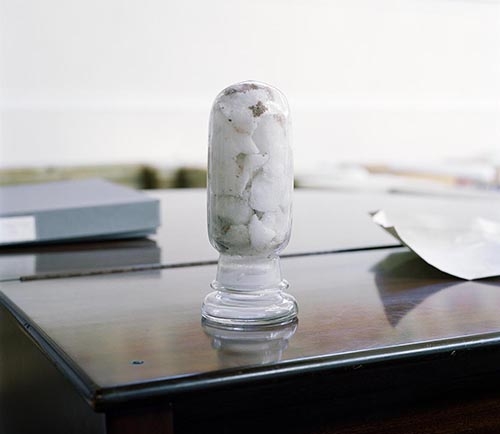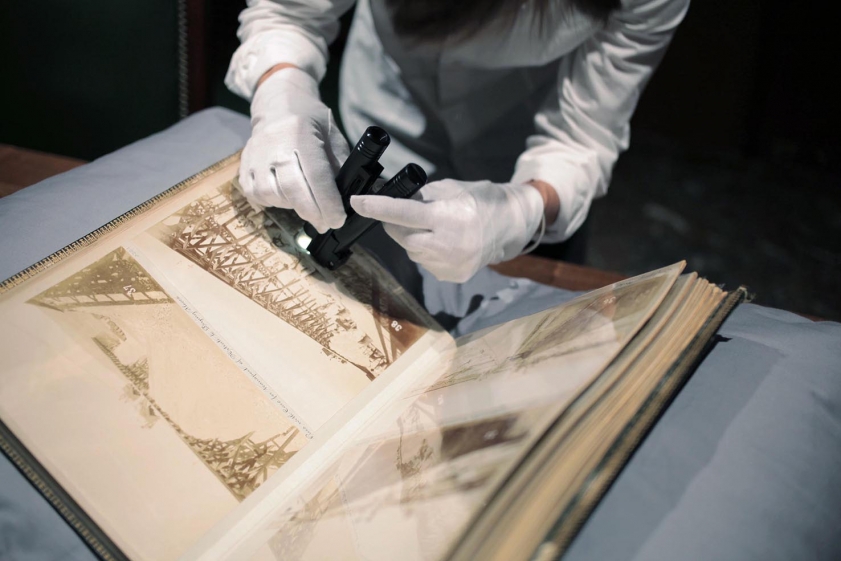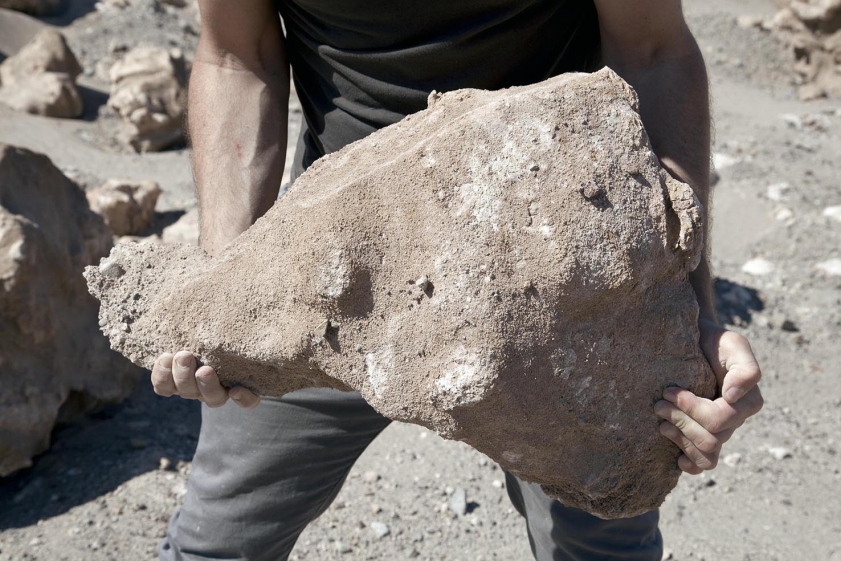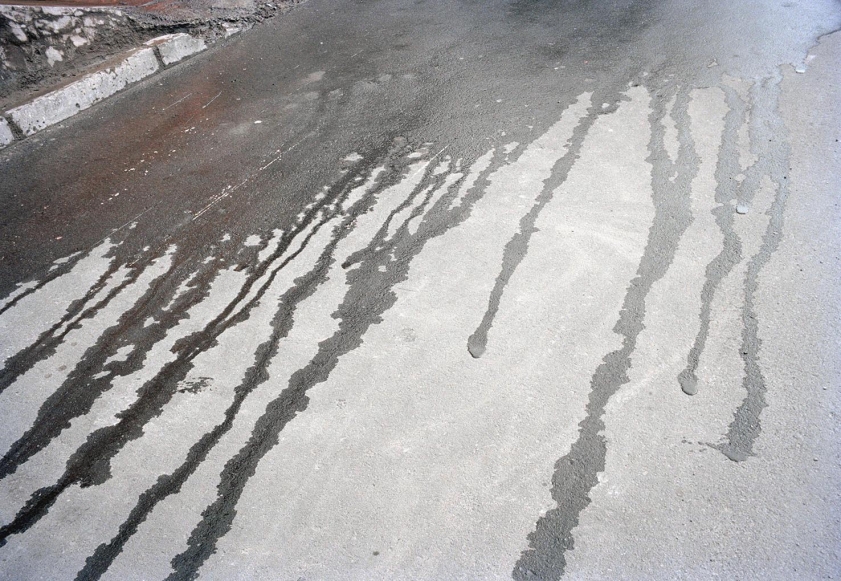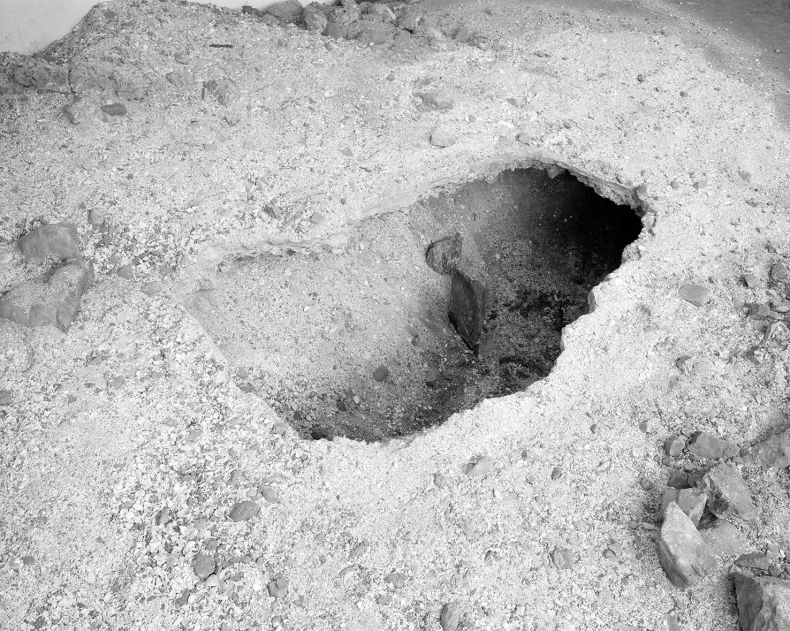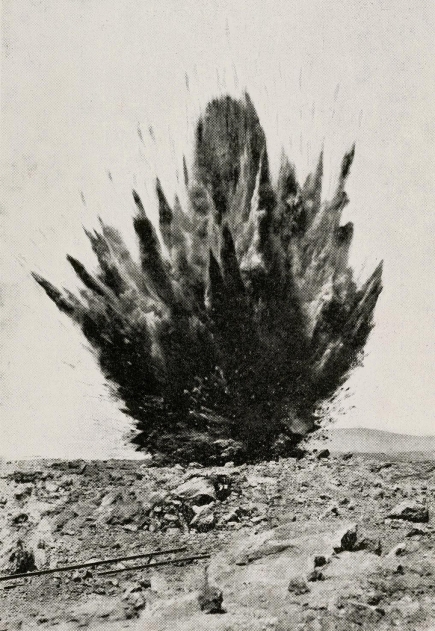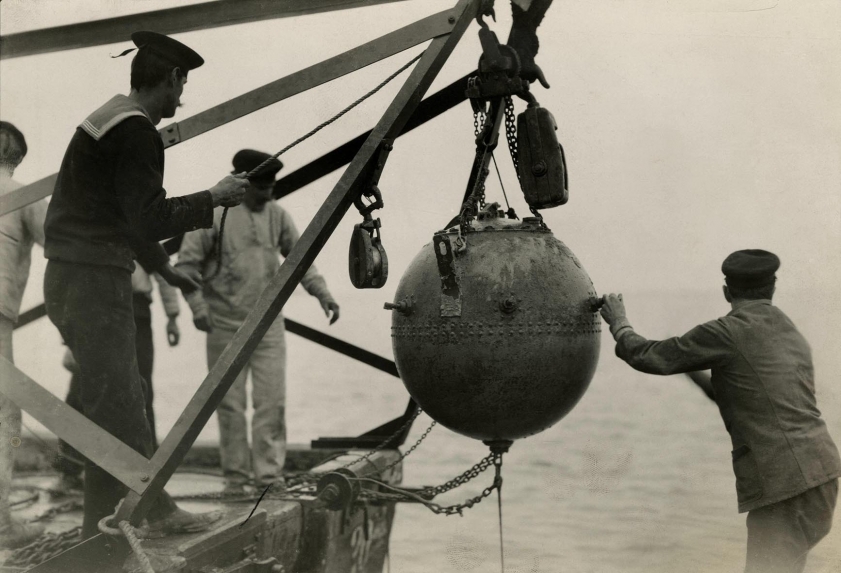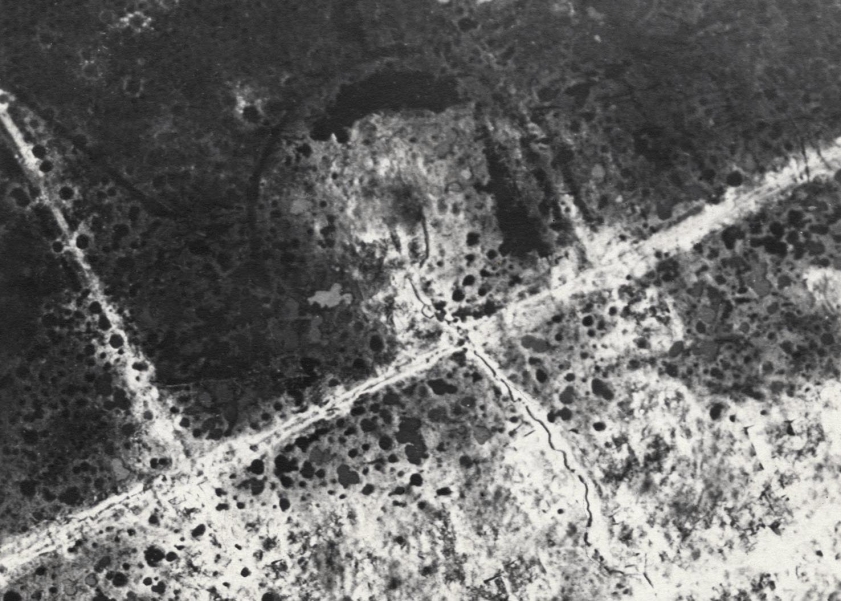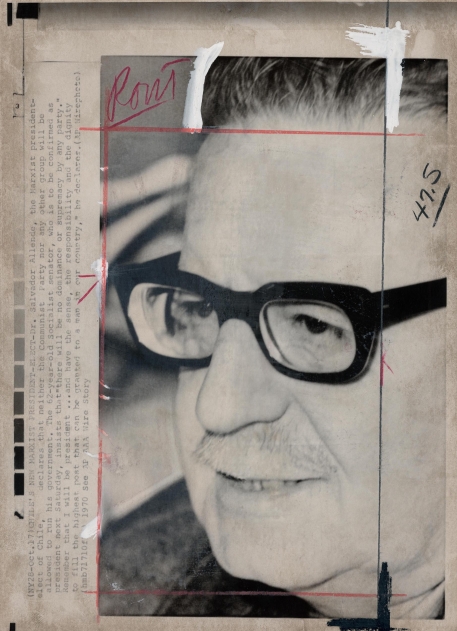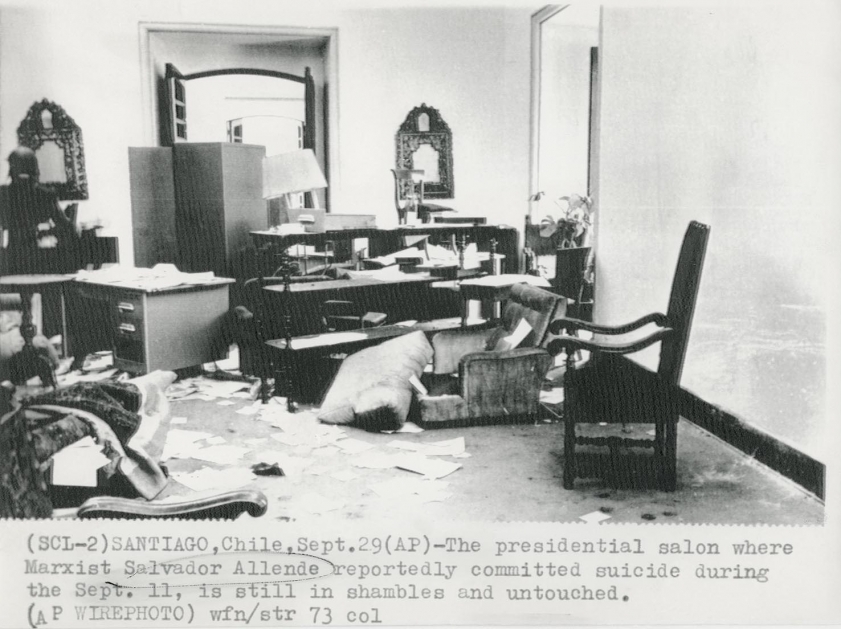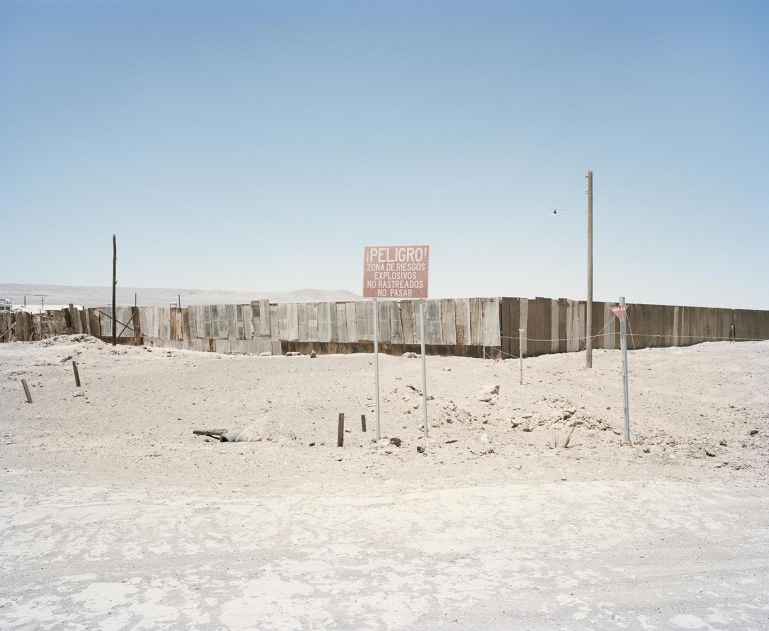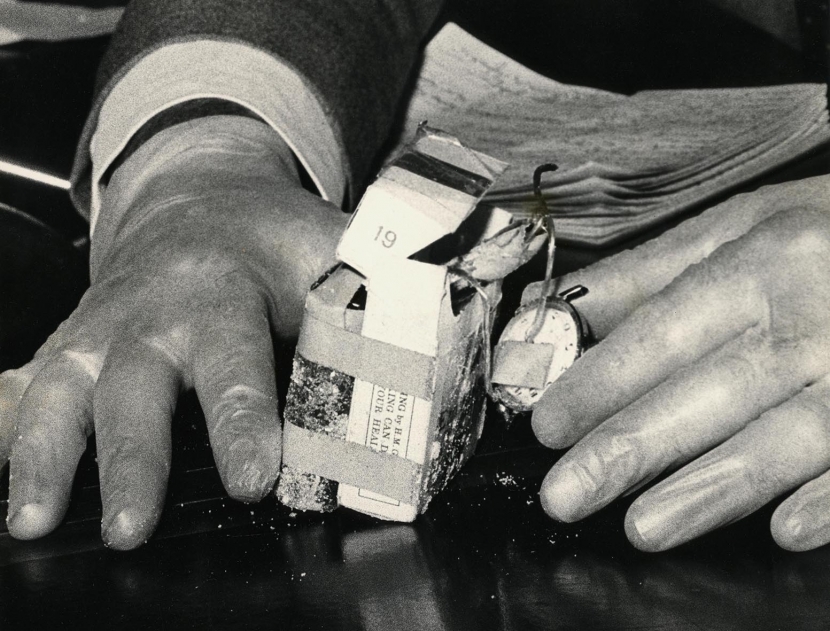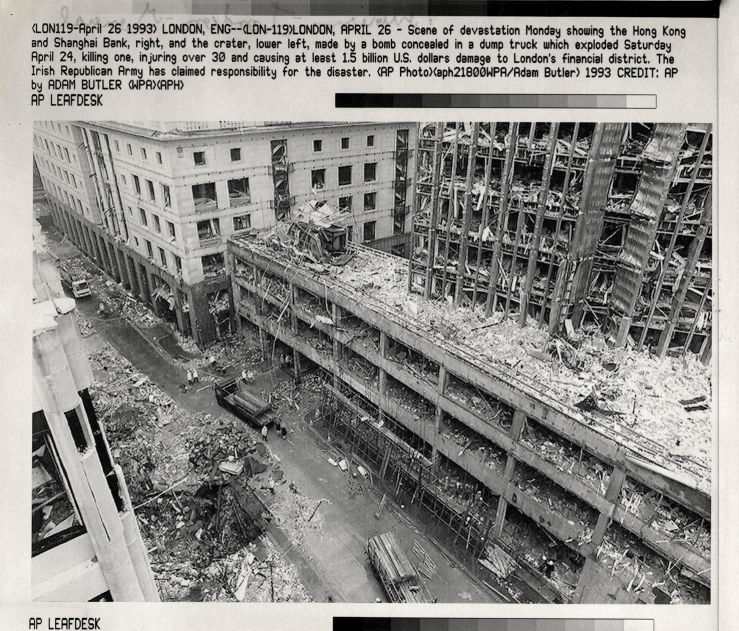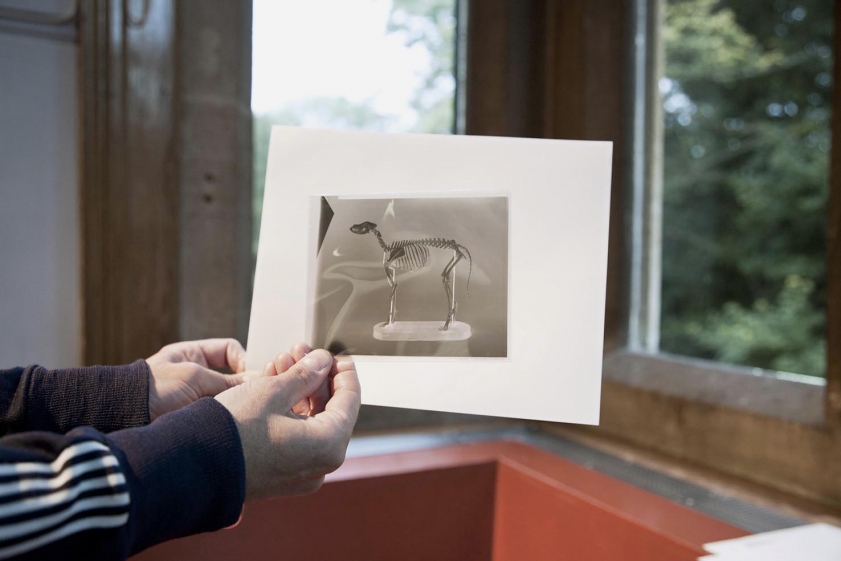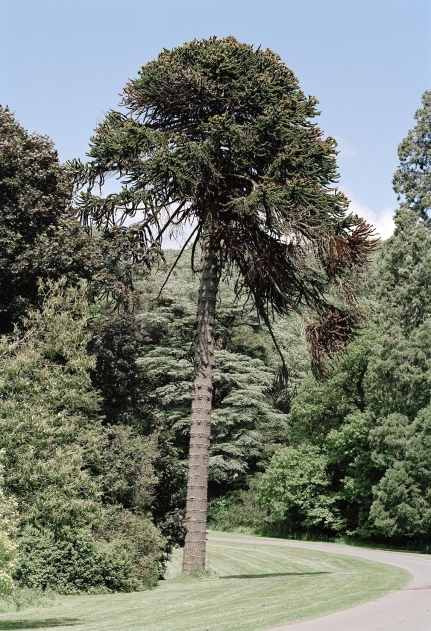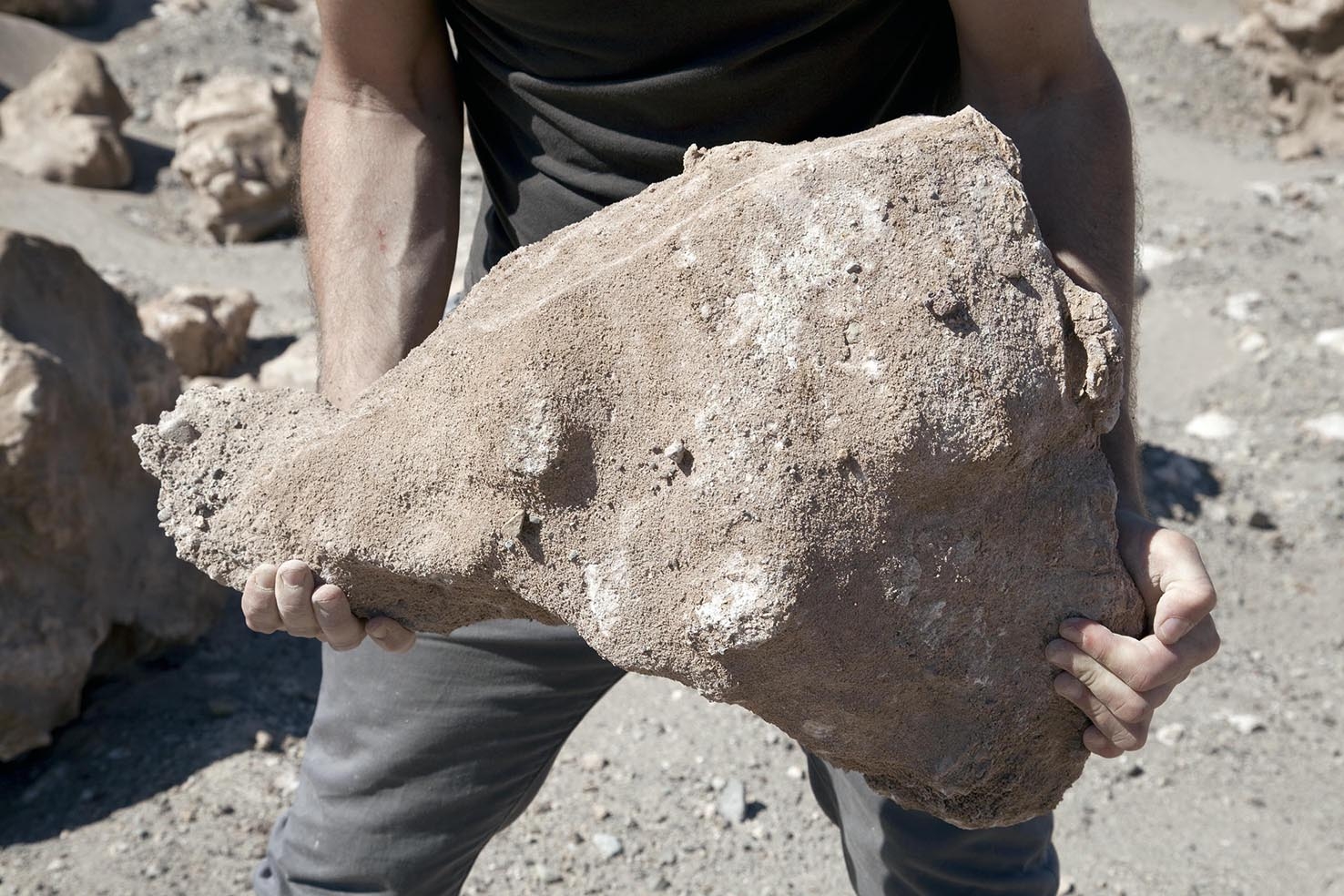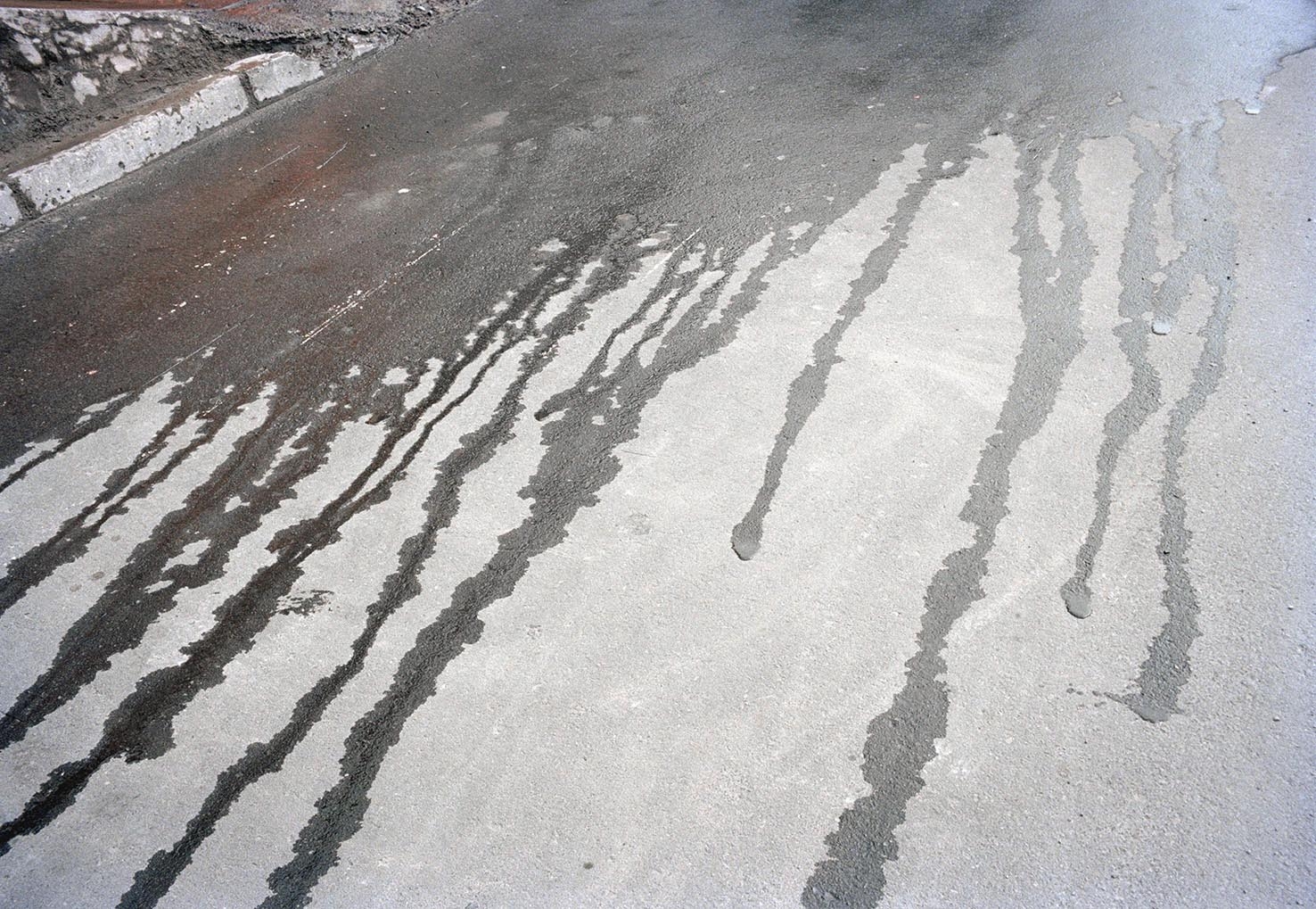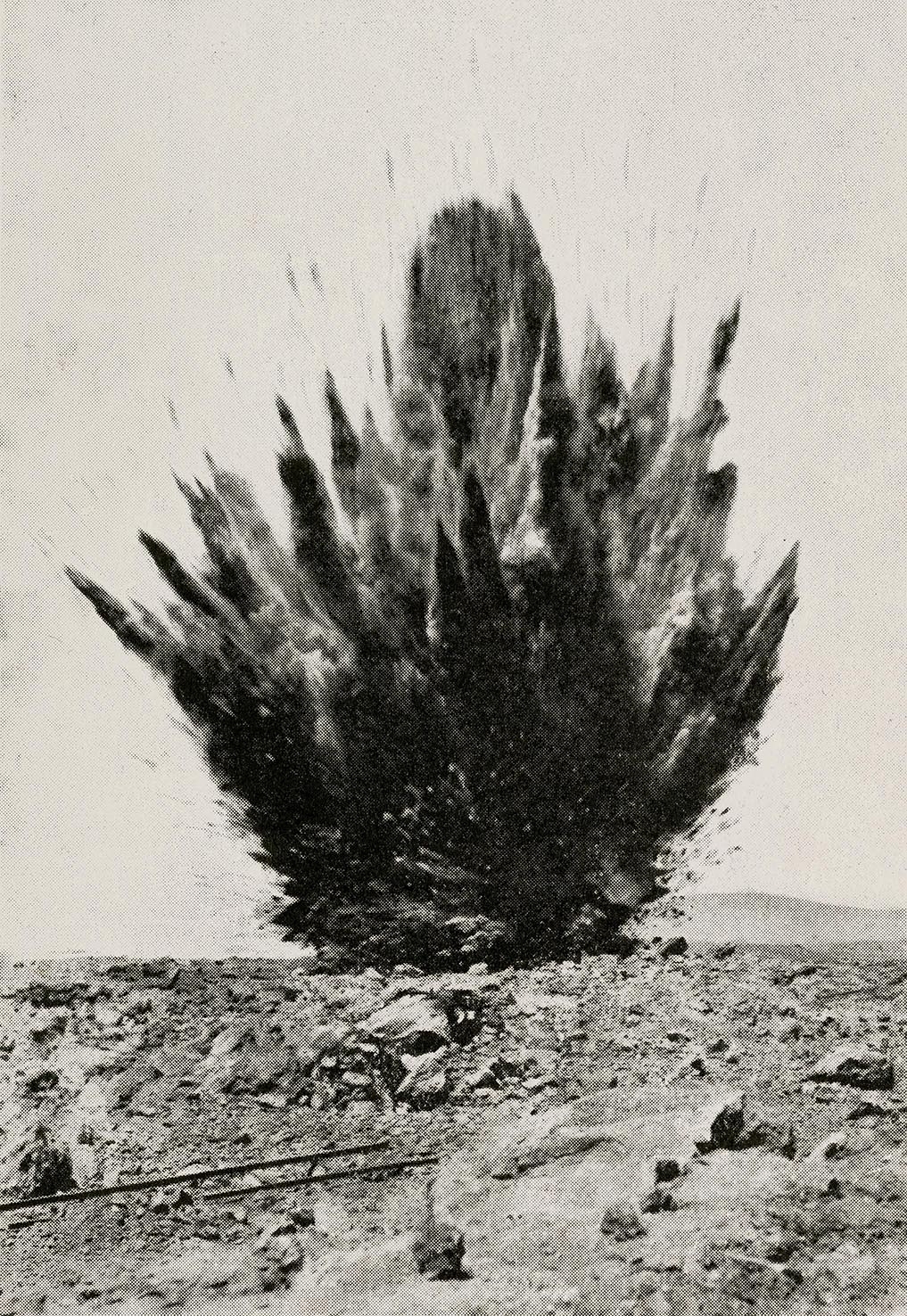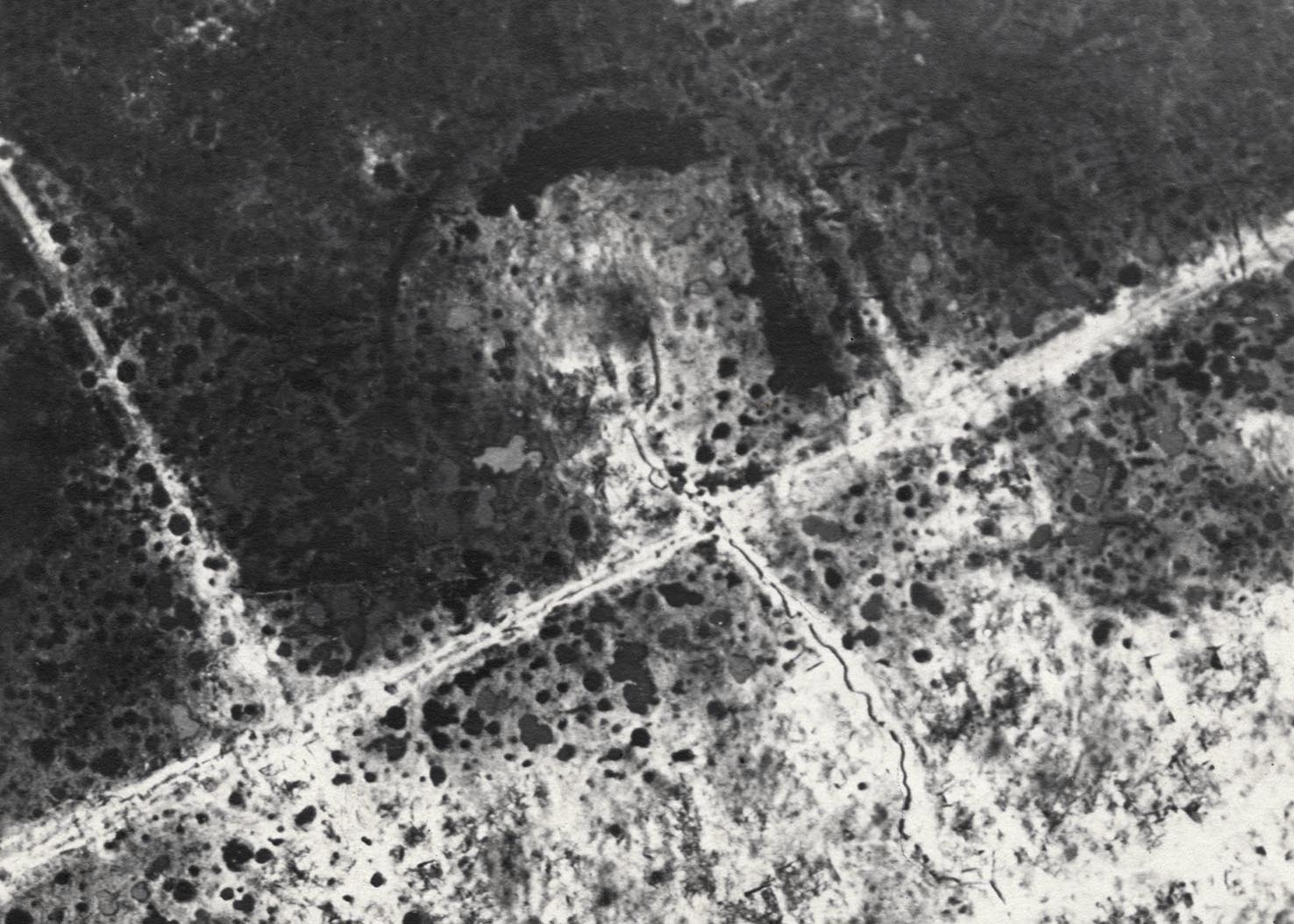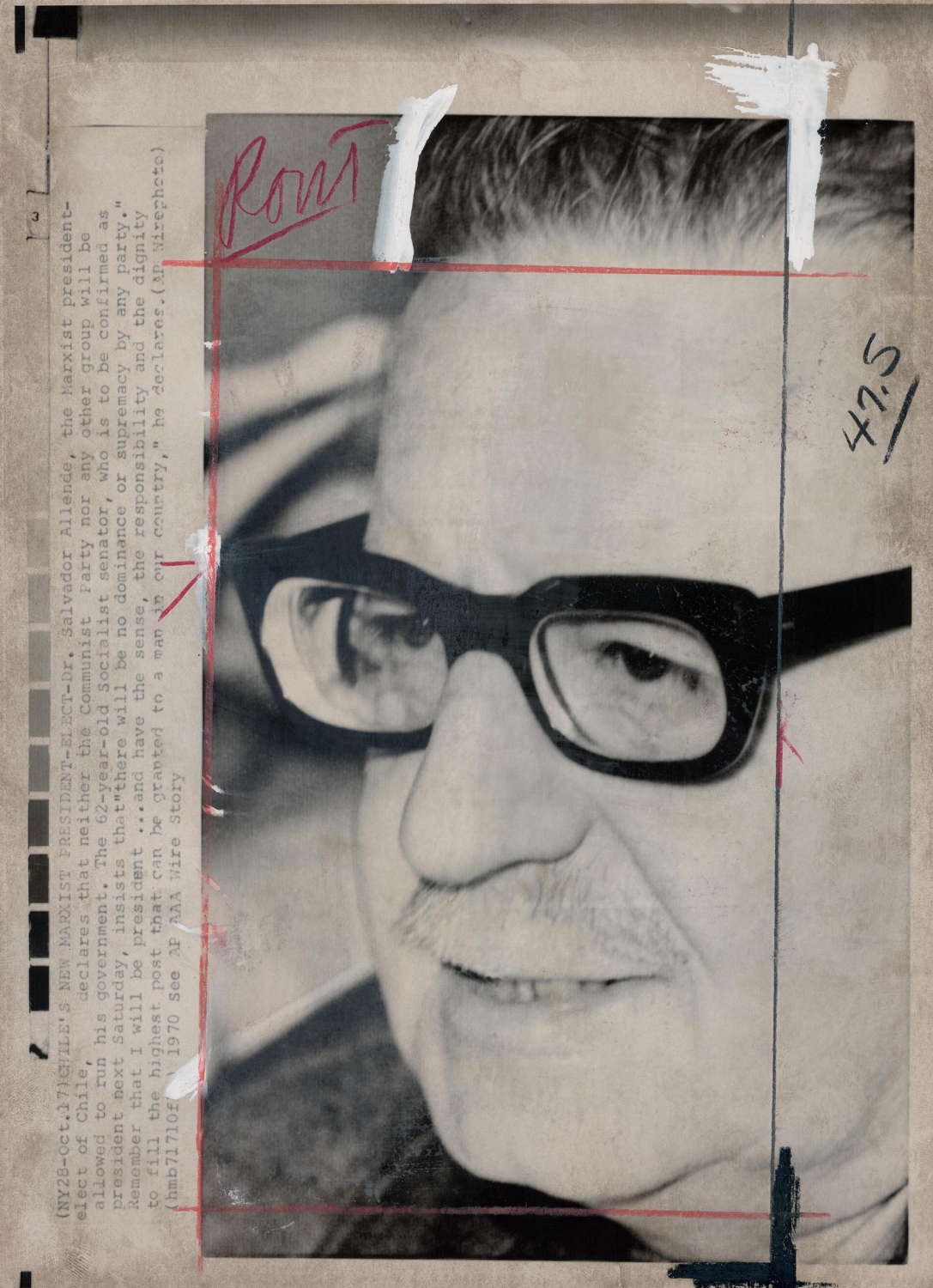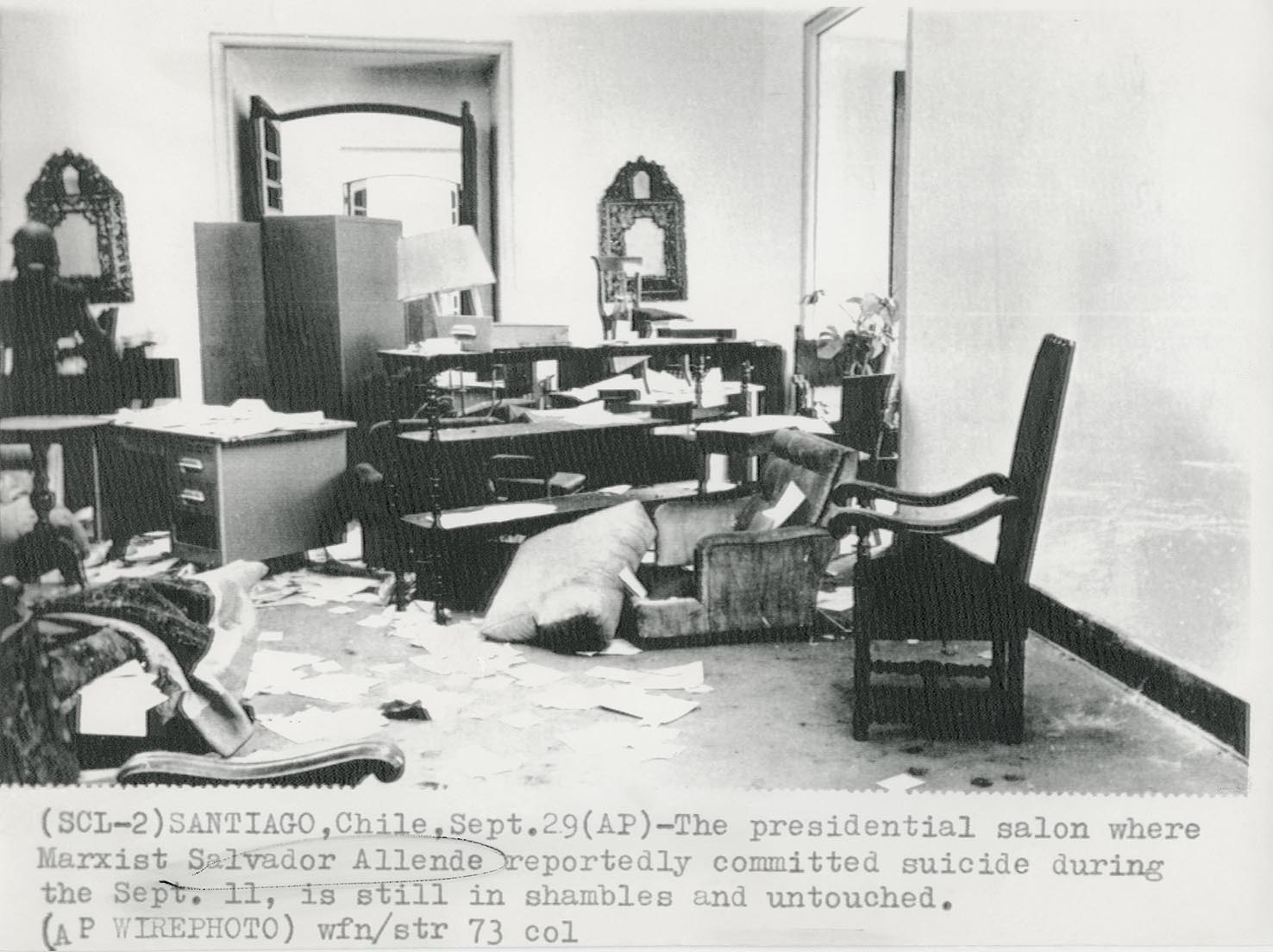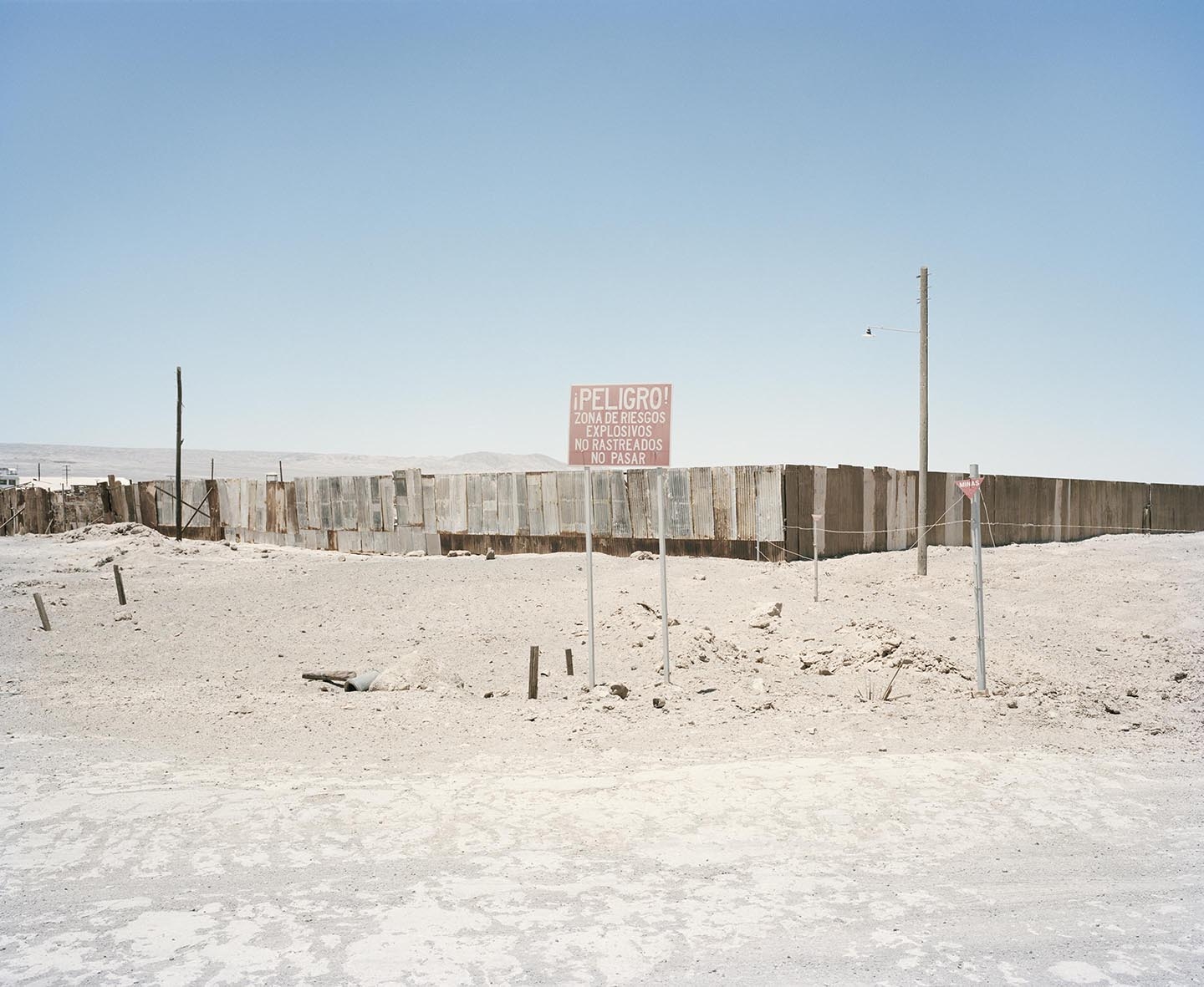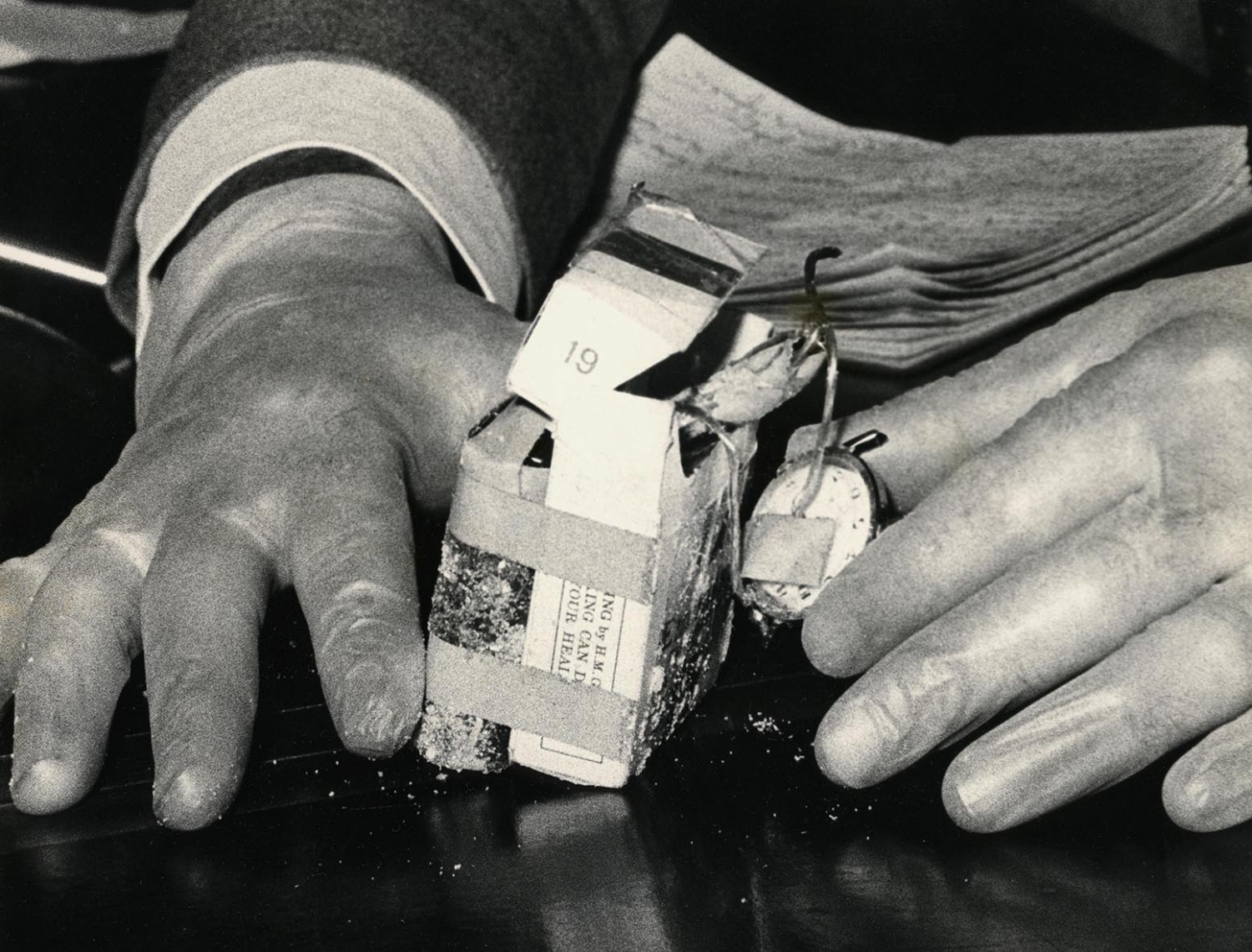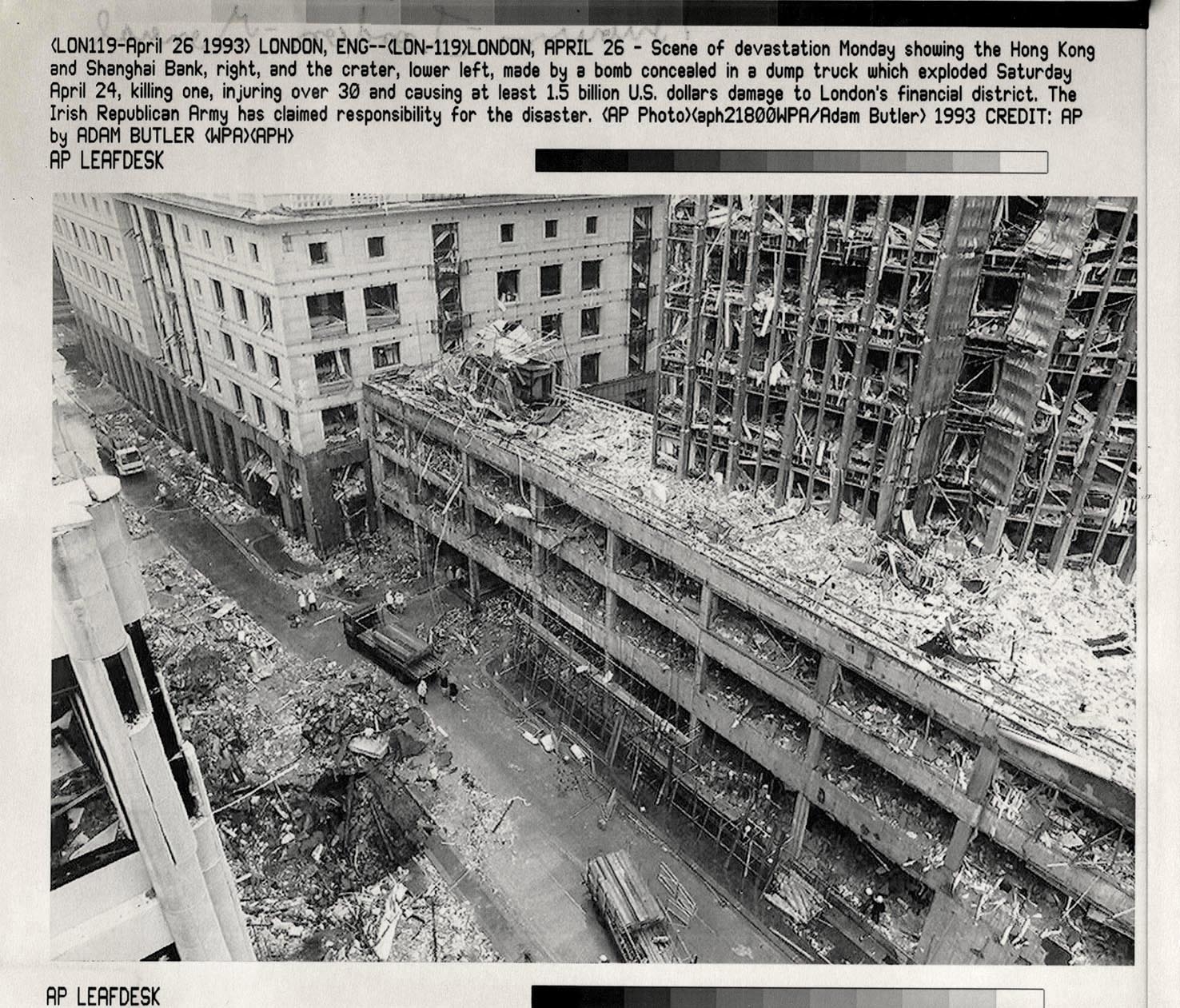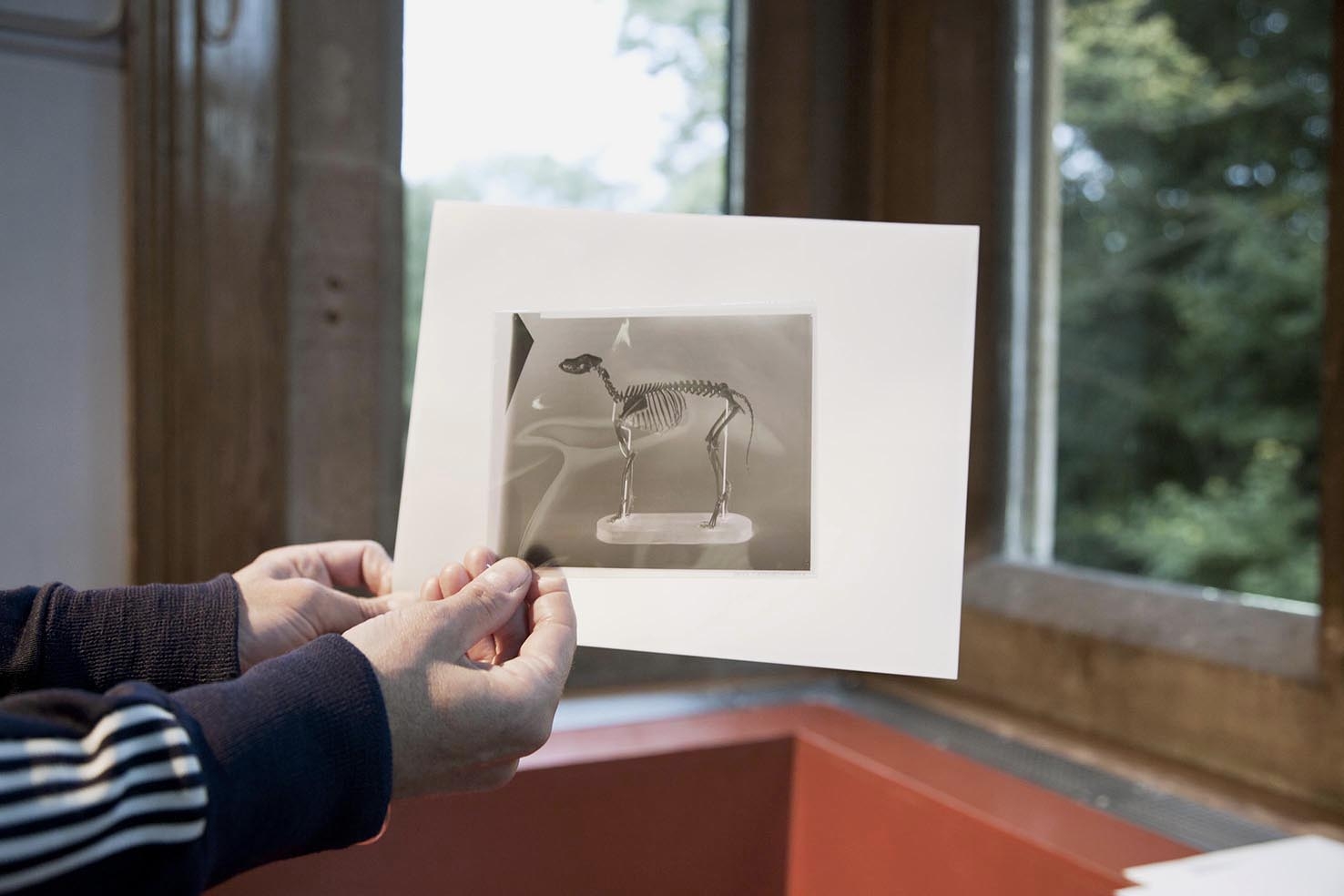Nitrate explores the legacies of Chilean sodium nitrate, a non-renewable natural resource extensively mined in northern Chile between the 1870s and 1920s, mostly by British merchant houses and adventure capitalists who in a relatively few years transformed a portion of the Atacama Desert into an industrial landscape. Sodium nitrate was an important commodity traded mainly as a natural fertiliser, but it was also used in the manufacture of explosives, making it a crucial ingredient for the acceleration of both life and death.
The project centres itself on what is known as the 'British nitrate era', roughly defined by the time between two wars: the Pacific War of 1879-1883, and the First World War. The Pacific War was a border conflict between Peru, Bolivia and Chile which ended with the annexation by Chile of the nitrate-rich portion of the Atacama desert, during which British merchant houses and adventure capitalists operating in the area were able to acquire a large number of highly devalued nitrate concessions. Raising capital in London and Liverpool they transformed nitrate production in the Atacama Desert, taking it to an industrial scale and trading it on the global markets. During the First World War the British merchant houses were the sole suppliers of sodium nitrate to the ammunition factories of the Allied Forces, but British investment in Chilean nitrate began to decline soon after. As part of its war effort Germany had developed the Haber-Bosch industrial process capable of synthesising large quantities of nitrogen from the air. When this artificial nitrogen was no longer needed for the ammunition factories it was diverted to the production of fertilisers, which reached European markets quickly and cheaply. By the end of the 1920s there was very little British capital invested in Chilean nitrate.
The various photographic series, texts and video of which Nitrate is made up trace the route of Chilean nitrate from natural mineral state, processed in the oficinas (desert factories) of the Atacama Desert, through transported commodity and stock market exchange value to become, ultimately, part of the material and symbolic inheritance of mansions and estates in London and the British countryside. It documents geographically disparate but historically connected landscapes – remote nitrate fields and metropolitan financial districts – as well as archives and artifacts.
The project develops along three lines of enquiry: first, the representation of the Atacama Desert as a frontier territory, associated with the construction of national and colonial identities, especially in specific moments of violence; second, the representation of labour and the nitrate worker, and how this representation is possible today; and third, the representation of capital and its mobility, and the forms it may take when it metamorphoses into cultural heritage. Nitrate is a visual essay that touches on the relationship between photography and capitalism, the links between extractive industries, frontier territories and contested spaces, and the position of the document and documentary dispositive in contemporary photographic practice.
The multiplicity of materials relates to the notion of the fragment, as each piece functions independently, but their meaning is also relational, deriving as much from their 'position' as parts of the project as a whole, as from their status as independent works. The project's fragmented narrative uses montage and anachronism as devices to address the echoes in the present of past conflicts through the interrogation of landscapes, archives and events across time and space. The notion of legacy at the centre of this project invokes memory as process and as practice, and the dialectical movement of remembering and forgetting, of presence and absence, preservation and erasure. The text elements that appear throughout the project take the form of lists, and function as extended or oversized captions. Sometimes these lists may take on the role of images, or act 'in place of' images.
Nitrate is a photographic investigation produced within an academic environment. It is part of the research project Traces of Nitrate. Mining history and photography between Britain and Chile, developed at the University of Brighton in collaboration with historian Louise Purbrick and PhD candidate photographer Ignacio Acosta, with the support of the Arts and Humanities Research Council (AHRC). The project's documentary dispositive reflects the desire to articulate historical processes around Chilean nitrate as mineral, labour, capital and heritage, and for this purpose it brings together cross-disciplinary and collaborative approaches to research, and corresponding forms of presentation and dissemination.
